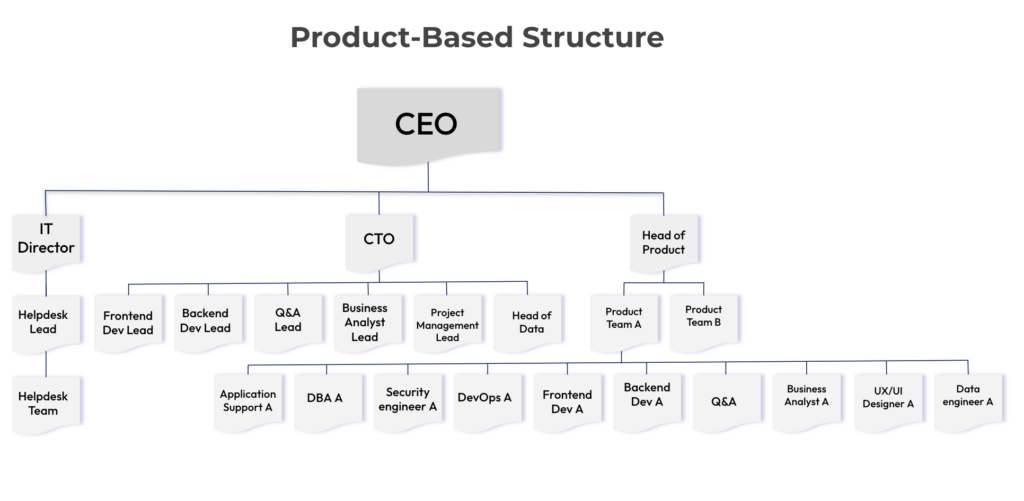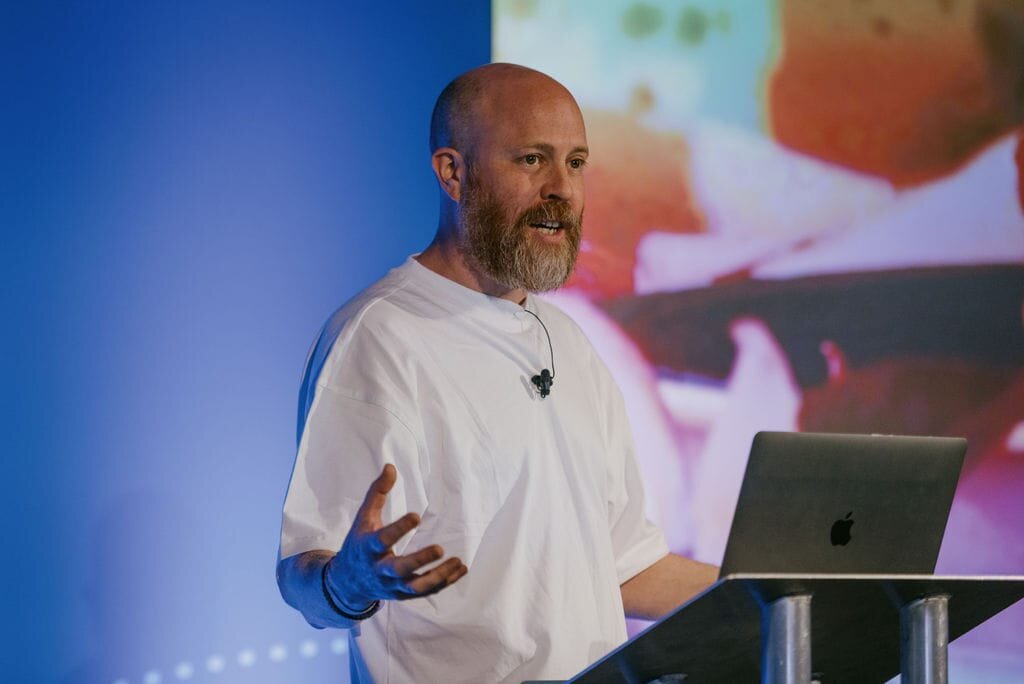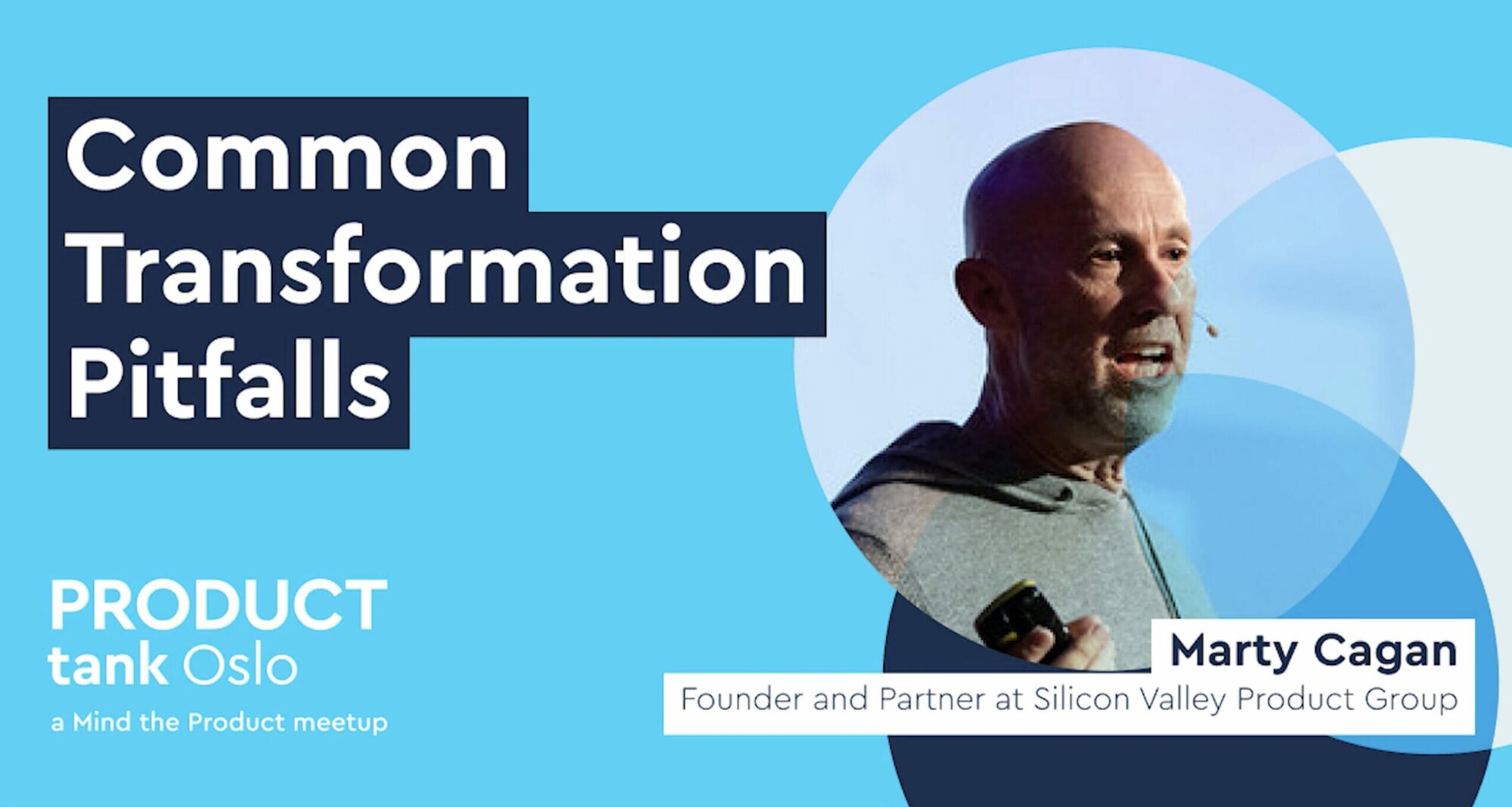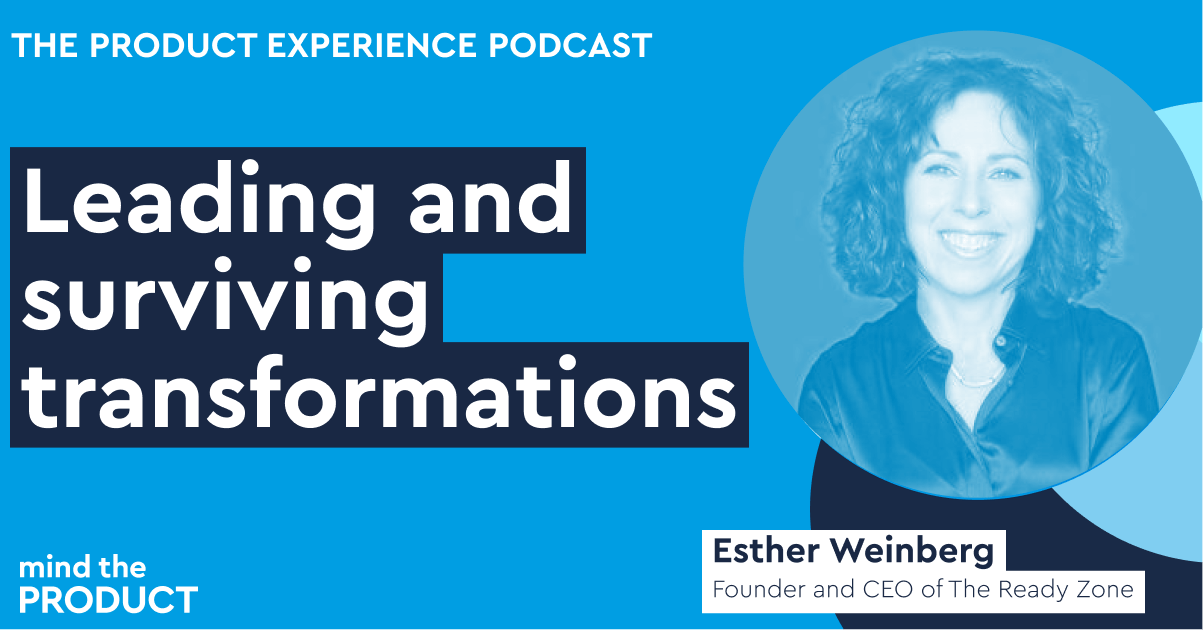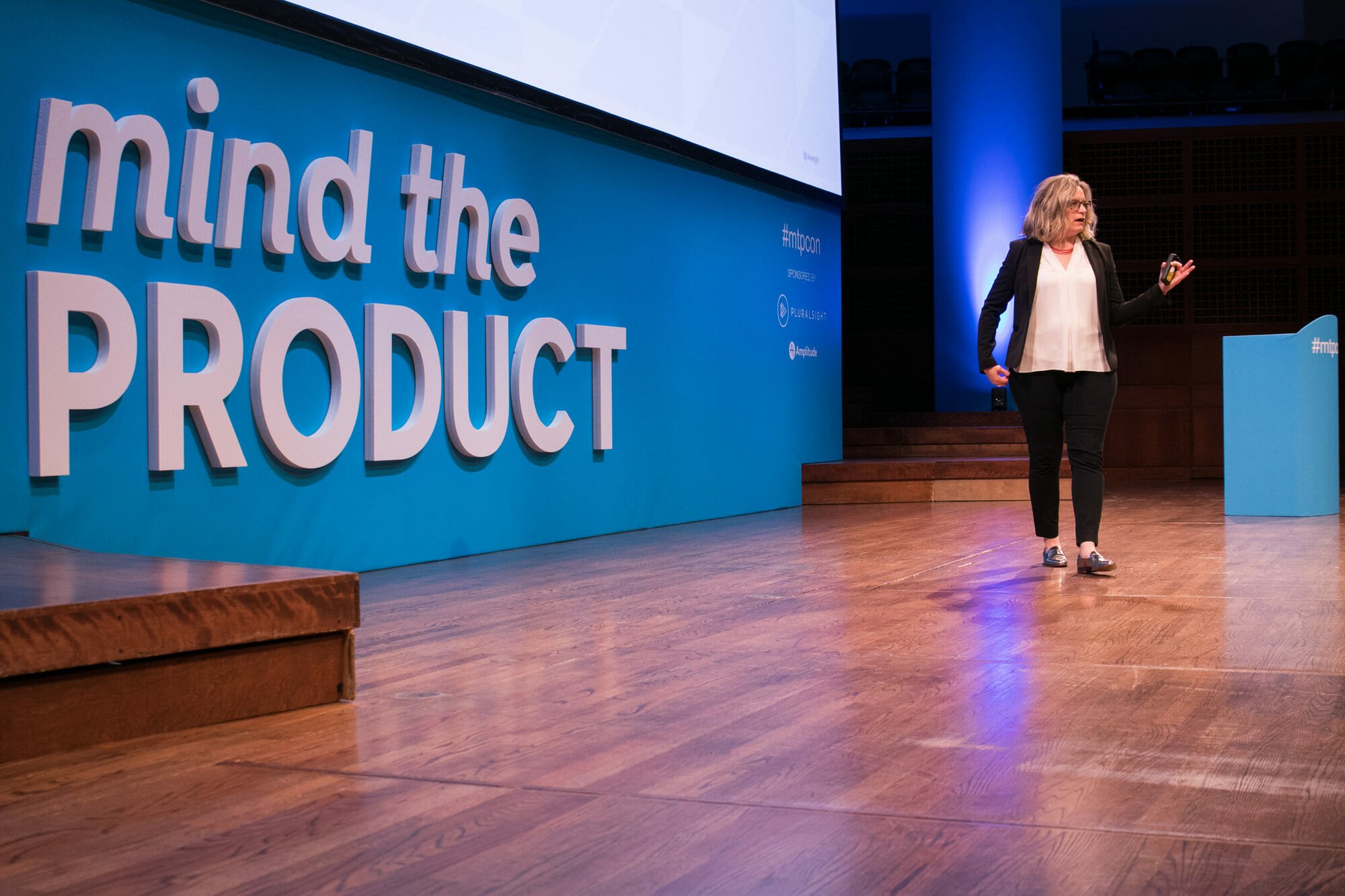In this #mtpcon Digital APAC session, Amjad Sidqi, Managing Director at VMware Tanzu Labs (formerly Pivotal Labs), explains how companies can build successful digital solutions without embarking on an expensive digital transformation journey.
Watch the video to see the session in full or read on for the highlights.
Why organizations choose digital transformation
Building successful digital solutions is hard, so many organizations look at digital transformation to get better. "Now, the thing with digital transformation is that a lot of the time it's centred around this thing, which is called Agile. But there's also so many different flavors of agile that are out there," Amjad says.
Amjad then highlights some facts about digital transformation, such as that 70% of companies either have a strategy in place or are working on one. However, of the $1.3T spent on digital transformation in 2018, an estimated $900B was wasted when initiatives didn't meet their goals.
Challenges organizations face
Amjad breaks down some of the challenges organizations face that lead them to try digital transformation in the first place and the questions they ask themselves.
How do I scale for large initiatives?
Many organizations struggle to scale because they try to scale too early and build a future-proof business without having their foundation set. Also, the team may not be unified and require coordination when trying to deliver products.
How do we operate when software isn't our business?
In this instance, Amjad finds that many of the organizations they work with turn to low code options. However, product development becomes slow with long development cycles and integration issues. Also, many organizations don't see themselves as builders of software, and their senior decision-makers do not have a background in product development.
How do we get it right the first time?
Many organizations want to get everything right the first time and opt for over-governance due to fear of repeating past failures or losing their reputation. Unfortunately, digital transformation initiatives can require a substantial initial investment before showing any ROI.
How should businesses be addressing these challenges?
"Instead of doing what we have been doing for a number of years and wasting a lot of money in that regard. What I'm proposing here is slightly different, and it might sound a little counterintuitive," says Amjad as he proposes some solutions to these issues.
Address root causes instead of silver bullets
Don't try to scale teams, instead decompose the business function into small self-contained product teams with end-to-end responsibilities. Technology and product can then go hand in hand to address business needs.
Gathering a team of T-shapers is faster and cheaper
Rather than hiring for a myriad of different roles, Amjad suggests companies focus on T-shaped employees that can perform multiple tasks, including full-stack engineers, product managers, and product designers.
Identify business value
Organizations should engage with customers to validate problems, identify jobs to be done, prioritize outcomes, and identify key business metrics. Involving an entire team in discovery makes it possible to build empathy and create a shared understanding of the problem, allowing features to be added iteratively.
Amjad also suggests that teams follow engineering practices such as testing as you go and making frequent releases while building custom software to differentiate the business instead of relying on low code solutions.
What to do after success and the product is getting big?
When the product seems to be getting too big, the best approach is decomposing the problem space. If a product is not decomposed, there can be a loss of context and releases get bloated, resulting in more overhead.
The key takeaways from this session are that if you will embark on a digital transformation, start small and not with scaling in mind. Focus on digital products and not process experts. And finally, build small autonomous teams, only moving to create more product teams when there is a need to add more functions.
Discover more content
Browse our library of keynotes and sessions from #mtpcon Digital APAC, see more on digital transformation, or use our Content A-Z to explore even more product management topics.

